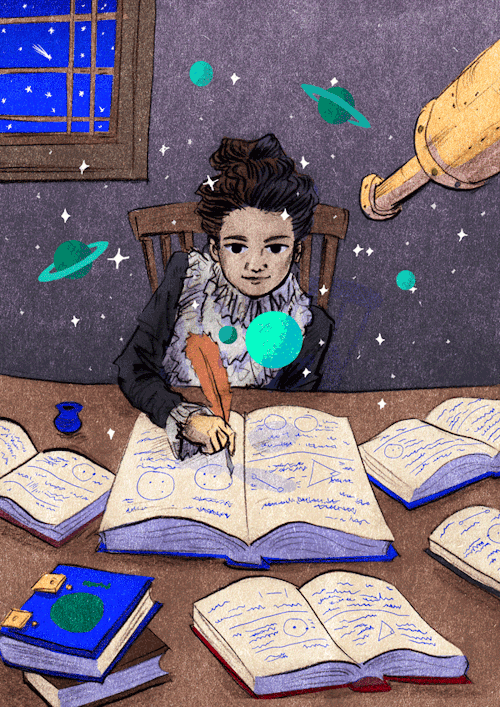Ritasakano - Outubros
More Posts from Ritasakano and Others

Noren - Tedomari Tsubame Niigata ken
BAYAH: O GENOCÍDIO ESQUECIDO – A REVOLTA DOS HEREROS E NAMA NA NAMÍBIA
Lentes gravitacionais.
What is Gravitational Lensing?
A gravitational lens is a distribution of matter (such as a cluster of galaxies) between a distant light source and an observer, that is capable of bending the light from the source as the light travels towards the observer. This effect is known as gravitational lensing, and the amount of bending is one of the predictions of Albert Einstein’s general theory of relativity.

This illustration shows how gravitational lensing works. The gravity of a large galaxy cluster is so strong, it bends, brightens and distorts the light of distant galaxies behind it. The scale has been greatly exaggerated; in reality, the distant galaxy is much further away and much smaller. Credit: NASA, ESA, L. Calcada
There are three classes of gravitational lensing:
1° Strong lensing: where there are easily visible distortions such as the formation of Einstein rings, arcs, and multiple images.

Einstein ring. credit: NASA/ESA&Hubble
2° Weak lensing: where the distortions of background sources are much smaller and can only be detected by analyzing large numbers of sources in a statistical way to find coherent distortions of only a few percent. The lensing shows up statistically as a preferred stretching of the background objects perpendicular to the direction to the centre of the lens. By measuring the shapes and orientations of large numbers of distant galaxies, their orientations can be averaged to measure the shear of the lensing field in any region. This, in turn, can be used to reconstruct the mass distribution in the area: in particular, the background distribution of dark matter can be reconstructed. Since galaxies are intrinsically elliptical and the weak gravitational lensing signal is small, a very large number of galaxies must be used in these surveys.

The effects of foreground galaxy cluster mass on background galaxy shapes. The upper left panel shows (projected onto the plane of the sky) the shapes of cluster members (in yellow) and background galaxies (in white), ignoring the effects of weak lensing. The lower right panel shows this same scenario, but includes the effects of lensing. The middle panel shows a 3-d representation of the positions of cluster and source galaxies, relative to the observer. Note that the background galaxies appear stretched tangentially around the cluster.
3° Microlensing: where no distortion in shape can be seen but the amount of light received from a background object changes in time. The lensing object may be stars in the Milky Way in one typical case, with the background source being stars in a remote galaxy, or, in another case, an even more distant quasar. The effect is small, such that (in the case of strong lensing) even a galaxy with a mass more than 100 billion times that of the Sun will produce multiple images separated by only a few arcseconds. Galaxy clusters can produce separations of several arcminutes. In both cases the galaxies and sources are quite distant, many hundreds of megaparsecs away from our Galaxy.
Gravitational lenses act equally on all kinds of electromagnetic radiation, not just visible light. Weak lensing effects are being studied for the cosmic microwave background as well as galaxy surveys. Strong lenses have been observed in radio and x-ray regimes as well. If a strong lens produces multiple images, there will be a relative time delay between two paths: that is, in one image the lensed object will be observed before the other image.

As an exoplanet passes in front of a more distant star, its gravity causes the trajectory of the starlight to bend, and in some cases results in a brief brightening of the background star as seen by a telescope. The artistic concept illustrates this effect. This phenomenon of gravitational microlensing enables scientists to search for exoplanets that are too distant and dark to detect any other way.Credits: NASA Ames/JPL-Caltech/T. Pyle
Explanation in terms of space–time curvature

Simulated gravitational lensing by black hole by: Earther
In general relativity, light follows the curvature of spacetime, hence when light passes around a massive object, it is bent. This means that the light from an object on the other side will be bent towards an observer’s eye, just like an ordinary lens. In General Relativity the speed of light depends on the gravitational potential (aka the metric) and this bending can be viewed as a consequence of the light traveling along a gradient in light speed. Light rays are the boundary between the future, the spacelike, and the past regions. The gravitational attraction can be viewed as the motion of undisturbed objects in a background curved geometry or alternatively as the response of objects to a force in a flat geometry.

A galaxy perfectly aligned with a supernova (supernova PS1-10afx) acts as a cosmic magnifying glass, making it appear 100 billion times more dazzling than our Sun. Image credit: Anupreeta More/Kavli IPMU.
To learn more, click here.
The Island Named After a Satellite
It is so small that you cannot see it on Google maps. It measures 25 by 45 meters (27 by 49 yards), about half the size of a football field. This barren bit of rock off the coast of Canada also has an unusual namesake: the Landsat 1 satellite. The small size is actually what made the island notable in 1973, when it was initially discovered. Well, that, and the polar bear trying to eat one of the surveyors.
Betty Fleming, a researcher with the Topographic Survey of Canada, was hunting for uncharted islands and rocks amidst data from the new Landsat 1 satellite. She was particularly interested in the new satellite’s ability to find small features. Working with the Canadian Hydrographic Service, Fleming scanned images of the Labrador coast, an area that was poorly charted. About 20 kilometers (12 miles) offshore, the satellite detected a tiny, rocky island. Surveyors were sent to verify the existence of the island and encountered a hungry polar bear on the island. The surveyor quickly retreated. Eventually, the island became known as “Landsat Island,” after the satellite that discovered it. Watch the video to learn more about Betty Fleming and how Landsat Island was discovered by satellite and ground surveyors.
For more details about Landsat Island, read the full stories here:
The Island Named After a Satellite
The Unsung Woman Who Discovered an Unknown Island
Make sure to follow us on Tumblr for your regular dose of space: http://nasa.tumblr.com.
Ines




Constellation print and map kimonos

Maurice Utrillo’s Paris Street, 1914 (via here)

On this day but in 1750, Caroline Lucretia Herschel was born.
Caroline Herschel was the sister of the astronomer William Herschel. After learning astronomy alone and math with the help of her brother, she became his assistant. His most significant contribution to astronomy were the discoveries of various comets, especially comet 35P / Herschel-Rigollet.